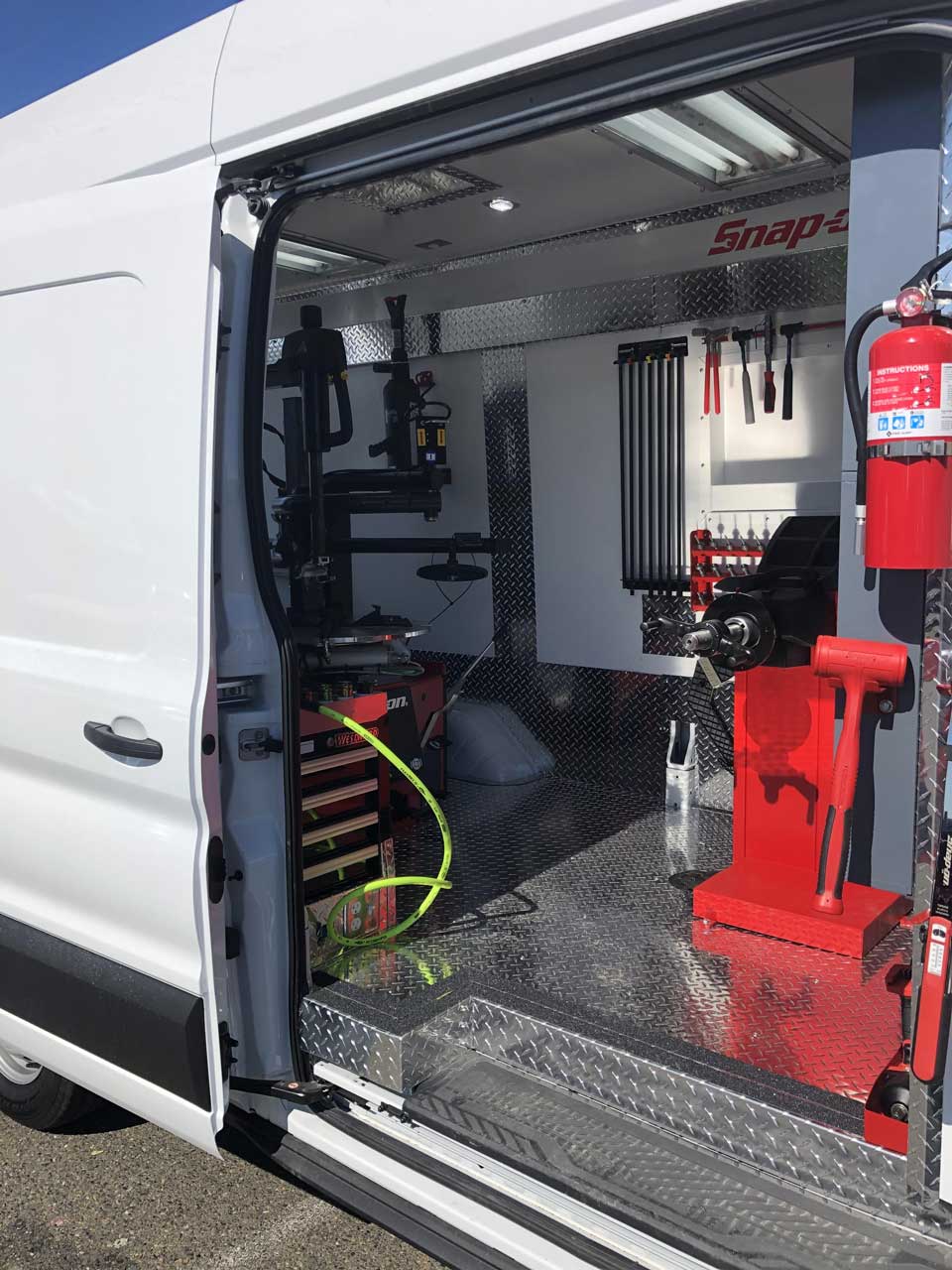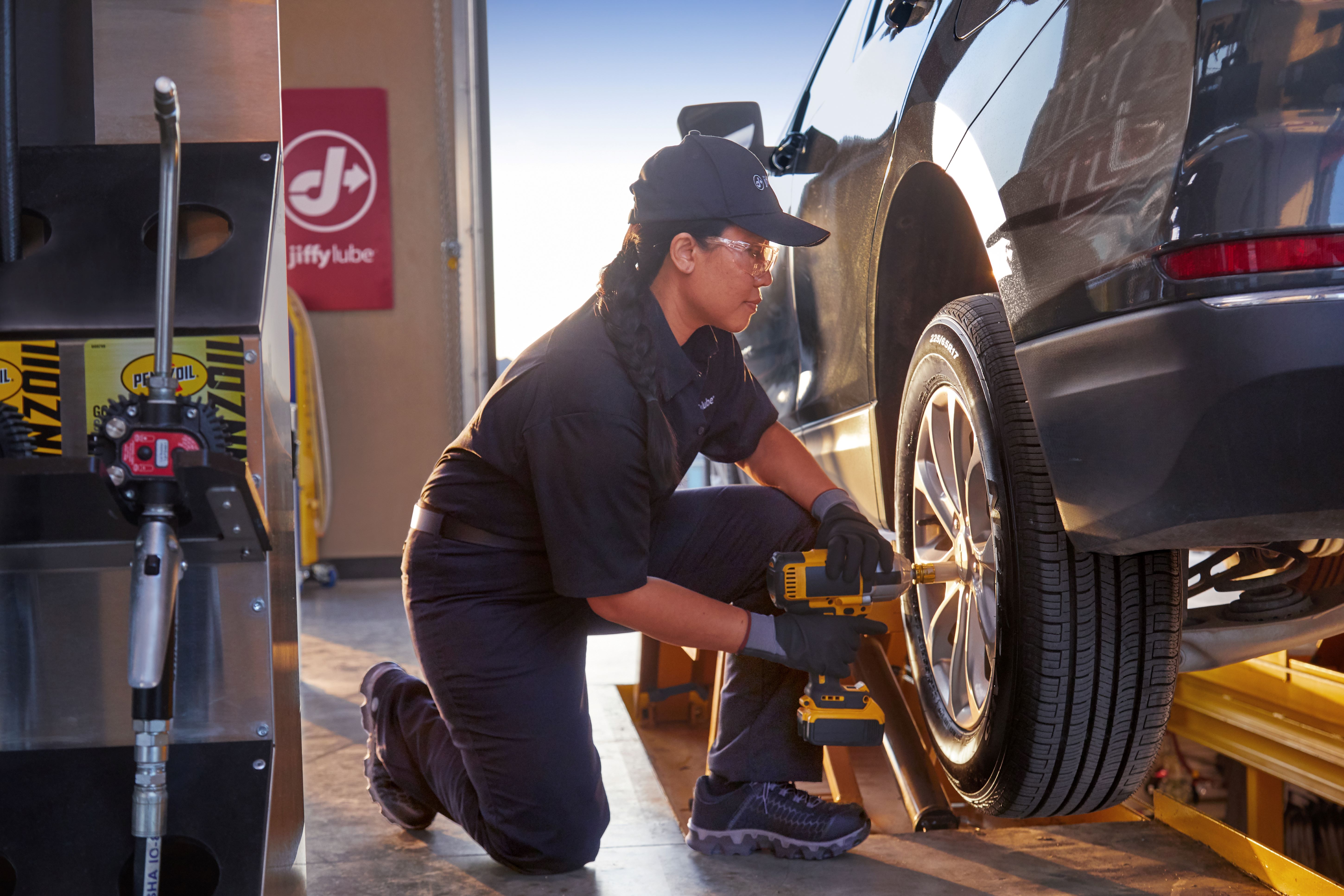Tire Solution: The Impact of Weather
When it concerns guaranteeing ideal performance and security when driving, understanding the effect of climate condition on tire solution is important. From scorching heat to icy roads, each climate aspect can dramatically affect tire performance and total driving experience. By delving into the results of differing weather on tires, chauffeurs can obtain valuable understandings that may boost their lorry's performance and longevity. In this discussion, we will explore the complex connection between climate condition and tire solution, shedding light on the significance of weather-specific tire upkeep techniques and factors to consider.
Warmth and Tire Performance
When exposed to high temperature levels, tires experience modifications in efficiency that can substantially influence automobile security and handling. The warmth created from prolonged driving or warm weather conditions causes the tire rubber to soften, leading to lowered tread life and enhanced wear.

Winter Results
Winter problems can have a considerable influence on tire efficiency and safety. As temperature levels decrease, tire rubber can harden, leading to lowered grip on icy or snow-covered roads. In winter, tires may likewise lose atmospheric pressure more swiftly, which can impact handling and gas efficiency. Furthermore, cold temperatures can create tire sidewalls to stiffen, raising the threat of damages from holes or various other roadway hazards.
To reduce the effects of cool climate on tires, it is important to regularly examine tire pressure and inflate them to the producer's advised degrees. Using wintertime or all-season tires made for winter problems can likewise improve grip and hold on icy or snowy roadways. Correct tire upkeep, including regular evaluations for wear and damages, comes to be a lot more critical throughout cooler months to ensure optimal efficiency and security.
Rainy Issues Impact
During stormy conditions, tire efficiency and safety and security can be significantly influenced by the damp road surfaces and reduced exposure. The tread pattern of tires plays a crucial role in maintaining grip on damp roadways. Tires with worn-out treads are much more vulnerable to hydroplaning, where a layer of water develops between the roadway and the tire surface area, bring about loss of grip. To combat this, chauffeurs must on a regular basis examine their tires for appropriate step deepness and take into consideration spending in tires particularly developed for damp conditions.
In addition, wet weather can additionally lower presence, making it testing for drivers to see the road ahead plainly (GMC Tire Service). In such conditions, it is vital to change driving speeds as necessary and maintain a risk-free complying with range to enable abrupt stops. Properly filled with find here air tires can additionally aid in maintaining control on damp roads by providing far better handling and grasp
Snow and Tire Security
Snow-covered roads pose special obstacles for drivers, stressing the importance of correct tire option and upkeep. When driving in snowy conditions, having the right tires can make a significant distinction in safety and security and performance. Winter tires are developed with special rubber substances and step patterns to supply better traction on snow and ice contrasted to all-season tires. The much deeper footsteps and sipes of wintertime tires assist grasp the road better, lowering the risk of gliding and sliding.

It is important to comply with producer directions when setting up and using tire chains to stop damage to the tires and car. By choosing the right tires, maintaining correct rising cost of living, and taking into consideration added traction help like tire chains, chauffeurs can enhance their security when browsing snow-covered roadways.
Weather-Related Tire Upkeep
Weather-related tire upkeep includes a range of techniques aimed at guaranteeing optimum tire feature and longevity in various climate scenarios. One key aspect of weather-related tire upkeep is tire pressure regulation. Checking tire step routinely and replacing tires when walk wear gets to a certain depth is vital for maintaining traction and security in adverse weather.
Verdict
In verdict, climate problems have a considerable impact on tire performance and you can look here safety and security. From heat influencing tire pressure and wear to chilly climate lowering traction, it is crucial to consider the weather when maintaining and utilizing tires.
In this discussion, we will explore the detailed partnership in between weather condition conditions and tire service, shedding light on the importance of weather-specific tire upkeep methods and considerations.
